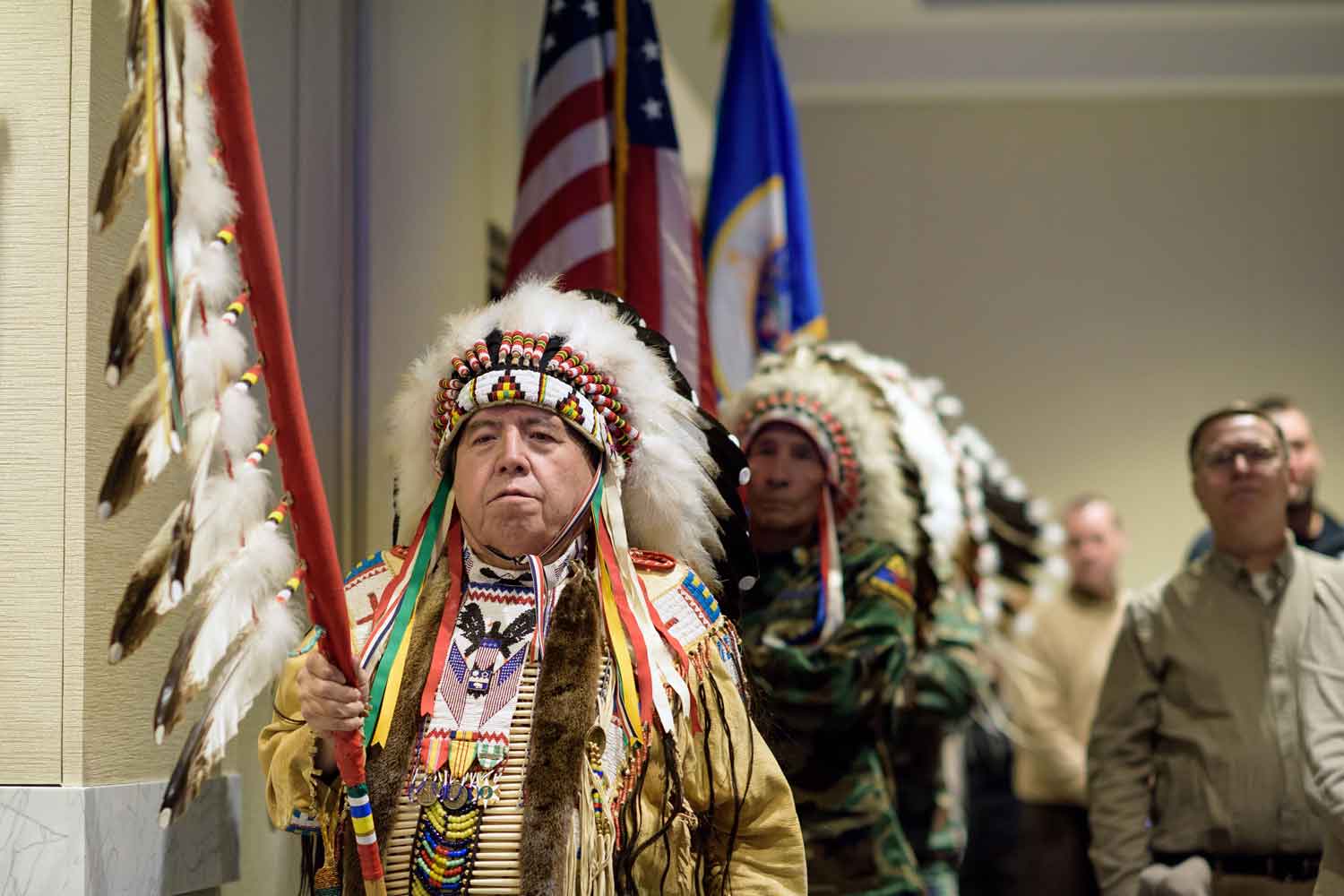About the program

Mission statement
To provide training and education for Minnesota state employees about American Indian tribal governments, histories, cultures and traditions, in order to empower state employees to work effectively with American Indians and promote authentic and respectful relationships between state agencies and American Indian tribes.
Vision statement
A community that values and promotes knowledge, understanding and respect for American Indian governance and way of life.
Goals
- Educate state employees about Indian people and governments.
- Create partnerships.
- Build respectful relationships between the State and Tribe.
- Create an enduring commitment by the state to learn about tribal governments.
Intended outcomes
- More effective state employees: Employees will be empowered with the knowledge and processes needed to do their jobs. Complex questions will be answered through training.
- Greater efficiencies in state government: Improved consultation processes will save time and money.
- Lasting solution to a long-standing problem: State officials have long grappled with how to properly communicate and interact with tribes. Now they will have a long-term solution and access to reliable answers.
- Benefits to state projects: Joint powers partnerships with individual tribes on projects related to roads, natural resources, and a wide variety of other projects can bring additional funding to important state priorities and quicken the pace of completion.
- Better relationships with tribes: Delayed or poorly executed consultation has led to misunderstandings and frustration between tribes and the state. Well-handled, well-informed consultation will only improve the state’s relationship with the tribes.
- Continuing education opportunities for state employees: Participation in the training could become an opportunity for employees to attain a specific certification or meet continuing education requirements.
Support for the training
The Tribal-State Advisory Group on American Indian Training and Consultation is committed to leading the development and implementation of this plan.
The advisory group consists of representatives from the 11 Tribal governments that share geography with Minnesota along with the following agencies:
- Minnesota Department of Transportation
- Minnesota Housing Finance Agency
- Minnesota Department of Human Services
- Minnesota Historical Society
- Minnesota Indian Affairs Council
- University of Minnesota Duluth – American Indian Studies Department
- Indian Land Tenure Foundation
- Minnesota Humanities Center
- American Indian Policy Center
View the Minnesota Indian Affairs Council resolution signed April 30, 2012 (PDF) which supports the TSRT.